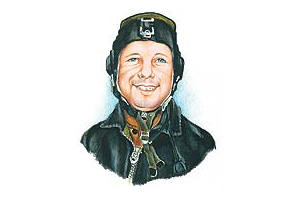After reading the fourth chapter of our collection, it is important for you to be able to handle the key points of this period, which stretches from Independence to the formation of the Republic.
Old Nation
– On September 18th, 1810, Mateo Toro Zambrano presided over the first Government Assembly, which marked the beginning of the Old Nation.
– After the royalist forces disembarked in Chile (January 1813), the first confrontations between Spanish and patriots took place at Yerbas Buenas and San Carlos.
– The first two days of October, 1814, the patriot forces were defeated in the encounter known as the disaster of Rancagua, putting an end to the Old Nation and giving way to the Reconquest.
Reconquest
– After his victory at Rancagua, Mariano Osorio was named governor of Chile (1814).
– Meanwhile, the patriots held in Mendoza along with Argentinean general Jose San Martin devoted themselves to forming the Liberation Army.
– After crossing the Andes mountains, O’Higgins defeated the royalist troops at the battle of Chacabuco (February 12th, 1817), which marked the beginning of the New Nation and the end of the reconquest.
New Nation and Organization
– On February 12th, 1818, supreme director Bernardo O’Higgins swore in the Independence of Chile. He governed the country until 1823, when he abdicated, putting an end to the New Nation period.
– Ramon Freire temporarily succeeded O’Higgins until 1826, the year the federalists rose to power.
– After a complicated federalist administration, the Constitution of 1828 was promulgated, and elections were held next year, which were intervened by the liberals. This caused the beginning of internal armed conflicts (Ochagavia and Lircay) that left the pelucones (conservatives) as winners.




 Yuri Gagarin se transforma en el primer hombre que llega al espacio
Yuri Gagarin se transforma en el primer hombre que llega al espacio